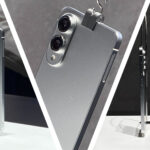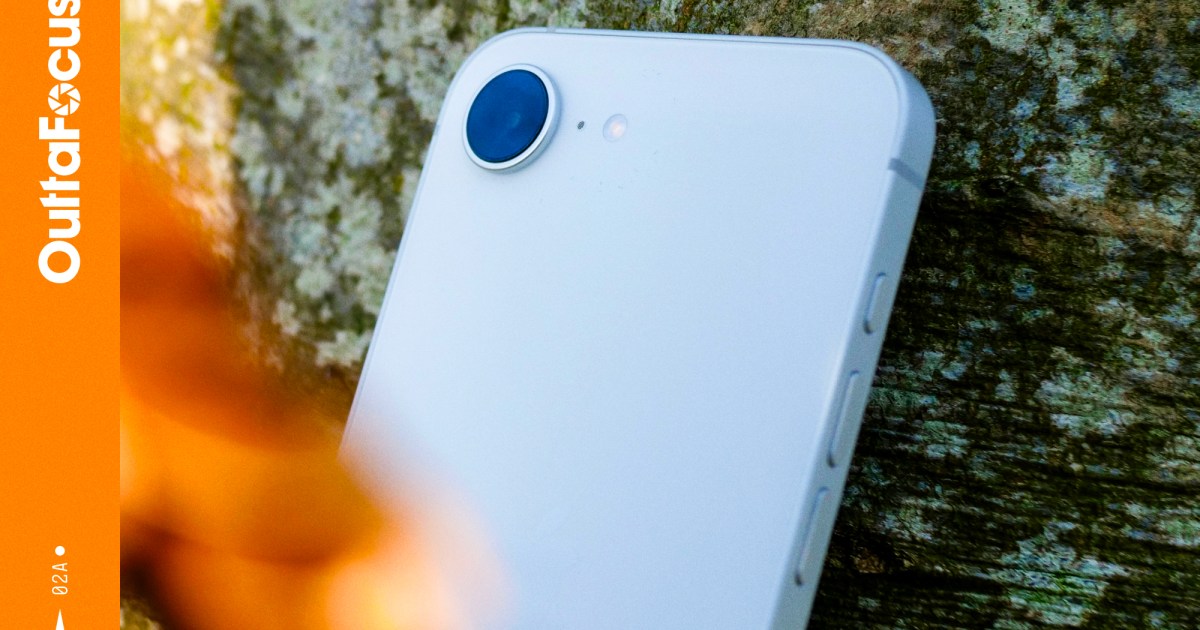I’ve spent a few days taking photos with the Apple iPhone 16e, which has a single camera on the back. One, solitary lens on the back of a current smartphone makes it look rather old school, and somewhat under equipped next to the multi-lens competition. But instead of feeling short changed by the iPhone 16e, it made me face a hard truth. I don’t need a wide-angle camera on my phone as much as I think I do.
One camera is better?
Wide-angle cameras have been a staple addition on smartphones since the days of the LG G5. Most have a 120-degree field of view, allowing us to capture photos of vistas to help convey scale in a way cameras with a narrower field of view cannot. It’s normal and accepted to have a “0.6x” mode in the camera app, and to not see it as an option on the iPhone 16e was quite jarring at first.
The more I thought about it, the less I thought it was a problem. Wide-angle cameras are at their best in quite a specific set of circumstances. You need more than just a big, wide open expanse for a start. If it’s an open space, using the wide-angle camera just makes it a bigger open space, and adds little extra to the end result. Vast, imposing landscapes or cities taken from a high vantage point are examples of where a wide-angle camera can work well, but because you’re zooming out, detail can also suffer, particularly if the camera isn’t very high quality.

As I took photos with the iPhone 16e, I realized the vast majority of wide-angle photos I’ve taken over the last few years have been for review purposes, and not photos I’ve taken for myself. I remembered times where I’ve flicked over to the wide-angle camera, only to go back to the main camera because the wide-angle didn’t suite the environment like I imagined it would. There’s a strong chance this is due to my own limitations as a photographer, but if so, then I probably won’t be the only one who feels like this.
Ditch the wide-angle

It’s not that I have never used the wide-angle camera outside of my reviews, or that I’ve never been pleased with some of the results. But would my memories be ruined if I didn’t take a wide-angle photo? Almost certainly not. I also know I’ve used a telephoto camera much more often than a wide-angle now they have become more mainstream, and certainly find it more enjoyable and creatively enticing in general circumstances. The wide-angle often sits there, unused, and that’s a shame.
The seed for all this started before I got my hands on the iPhone 16e. For the Nothing Phone 3a, Nothing downgraded the wide-angle camera compared to the Nothing Phone 2a, going from 50MP to 8MP, and for good reason. “Only 6.6% of the pictures taken on the Nothing Phone 2a were on the ultra-wide, so in making camera decisions for the Phone 3a Series we prioritized the other 94%,” a Nothing spokesperson confirmed to Digital Trends. Those are some damning numbers, and at the time it left me conflicted as making the wide-angle camera worse would hardly encourage use, yet the thought of just removing it seemed like sacrilege. Now though, I’m turned around on the prospect of getting rid of it entirely.
There has to be knock-on benefits to removing a camera lens from a phone, whether it’s in more space for the battery or more money available to improve the main camera, or being able to substitute it for a telephoto camera. The optical-quality 2x zoom on the iPhone 16e is surprisingly good, and I’ve already used it more than I would a wide-angle camera. I felt the same about the Nothing Phone 3a Pro too. The downside of taking the wide-angle away on some lower cost phones is the same old reason we’ve had to put up with poor 8-megapixel wide-angle cameras and 2MP macro cameras: More cameras on the back of a phone makes marketing people happy. But these often iPhone-inspired efforts go against the iPhone 16e and its single camera. It’s the alternative trend more manufacturers need to consider following.
Fewer, better wide-angle cameras

I repeatedly champion smartphone cameras that inspire creativity through versatility. Getting rid of a camera lowers versatility, but if the camera being removed is either rubbish or barely used, then it probably won’t matter. A wide-angle camera probably wouldn’t dramatically improve the iPhone 16e. I don’t think anyone is buying it for the camera in the first place, and while it takes solid photos, few will be going all-out to push its limits.
It’s probably the same deal with the Nothing Phone 3a and just about every other mid-range smartphone, possibly even including the Samsung Galaxy A56 and the OnePlus 13R. Get rid of the wide-angle, and instead, keep it aside for high-end phones when budgets mean a really good one can be used. It’s phones like the iPhone 16 Pro Max, the Xiaomi 15 Ultra, and the Galaxy S25 Ultra which will appeal most to keen photographers and enthusiasts anyway, and the camera system should always provide everything they need.

I’ve already said 8MP (and 12MP, for that matter) wide-angle cameras aren’t worth using, so once anyone up in arms about my suggestion to just get rid of it calms down, they’ll see that having a rubbish wide-angle camera isn’t the benefit marketers want you to think it is. I haven’t missed the wide-angle camera on the iPhone 16e yet, and I wonder how many others simply accept one should be on their phone, and then promptly ignore it forever. Wide-angle cameras on the back of each and every phone may not be necessary these days, and saving the best sensors for the right phone may be the way forward.
Read the full article here












